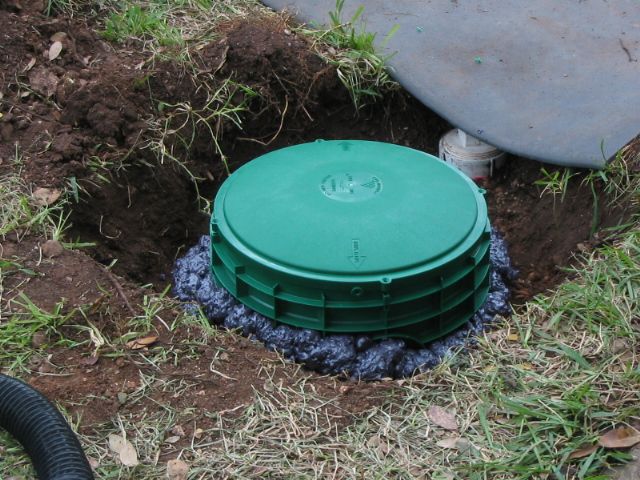sleddriver
Thread starter
Update:
The pump removed quite a bit of "black water" today. A rather alarming amount. If the intake hose had been longer, I'm sure the results would have been even greater.
What is clear is that solids/waste has been allowed into the drain field and is causing the problem. I haven't opened up the end of the tank yet, so I'm not sure if the T is still connected or not but something has really changed since the 6 years I'd been into it.
I also discovered that I could snake a water hose with a brass high-pressure stream on it down into the pipe about 15 feet or so, then follow it with the pump intake. This way I could shot a very strong blast of water down the length of the pipe and when it began backing up, the pump would remove it.
Unfortunately, no matter what tip I put on the hose, not even using black, plastic, polyethylene drip irrigation pipe, I wasn't able to snake it all the way down to the right angle..about 24'. It would always snag on a pipe joint! Frustrating indeed!
I did try the rubber balloon trick suggested by a neighbor. It went OK for about 6 min. then I heard a BANG. Evidently I'd managed to position just across a joint, with a small gap and this is where it chose to rupture. Rats.....rotten luck. I'll get a new one and try again.
After pumping out as much water as possible today, more acid went down the hole. I'll let it cook overnight, then use another balloon to force it further down into the laterals. Hopefully without another rupture.
My large, long fiberglass tank has only a single chamber, and no baffles to separate incoming effulent from settled. I'll also investigate this tomorrow as I do further excavation.
When it rains, it pours. And things always come in threes...and close to holidays. This mess was quite unexpected and has hijacked my planned schedule to attend to other matters! The joys of home owner-ship continues.
The pump removed quite a bit of "black water" today. A rather alarming amount. If the intake hose had been longer, I'm sure the results would have been even greater.
What is clear is that solids/waste has been allowed into the drain field and is causing the problem. I haven't opened up the end of the tank yet, so I'm not sure if the T is still connected or not but something has really changed since the 6 years I'd been into it.
I also discovered that I could snake a water hose with a brass high-pressure stream on it down into the pipe about 15 feet or so, then follow it with the pump intake. This way I could shot a very strong blast of water down the length of the pipe and when it began backing up, the pump would remove it.
Unfortunately, no matter what tip I put on the hose, not even using black, plastic, polyethylene drip irrigation pipe, I wasn't able to snake it all the way down to the right angle..about 24'. It would always snag on a pipe joint! Frustrating indeed!
I did try the rubber balloon trick suggested by a neighbor. It went OK for about 6 min. then I heard a BANG. Evidently I'd managed to position just across a joint, with a small gap and this is where it chose to rupture. Rats.....rotten luck. I'll get a new one and try again.
After pumping out as much water as possible today, more acid went down the hole. I'll let it cook overnight, then use another balloon to force it further down into the laterals. Hopefully without another rupture.
My large, long fiberglass tank has only a single chamber, and no baffles to separate incoming effulent from settled. I'll also investigate this tomorrow as I do further excavation.
When it rains, it pours. And things always come in threes...and close to holidays. This mess was quite unexpected and has hijacked my planned schedule to attend to other matters! The joys of home owner-ship continues.




